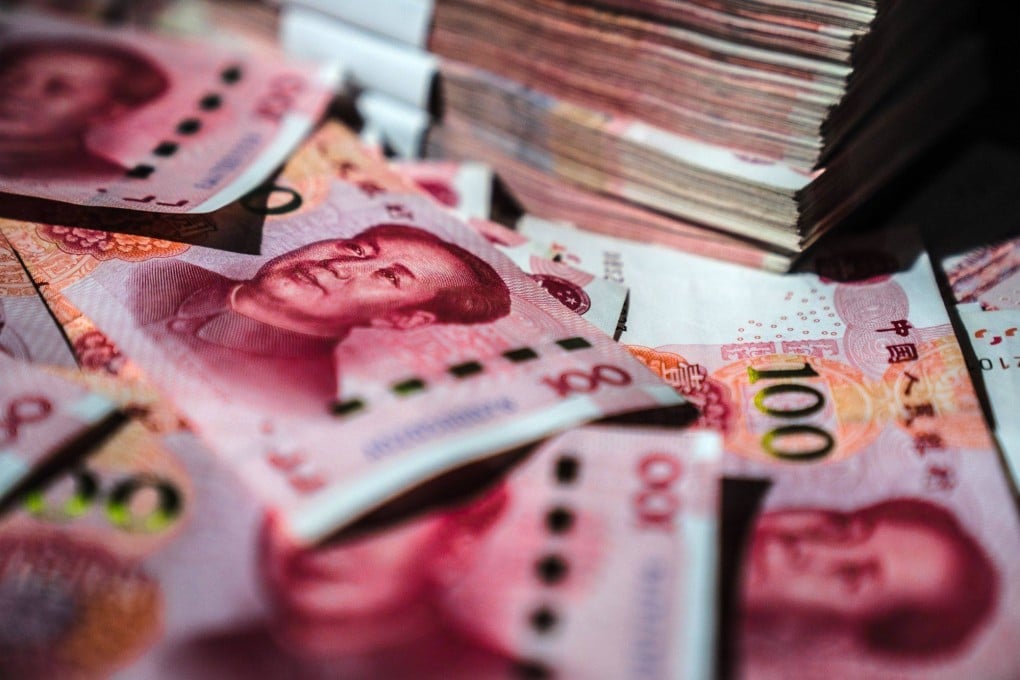Editorial | Dollar is still king, but for how much longer?
- Recent deal between China and Saudi Arabia is a small but important step as world wakes up to the consequences of denominating almost all global trade in the American currency

The increasingly close relationship between China and Saudi Arabia has taken another significant step forward. The central banks of both countries have agreed on their first currency swap worth a maximum of 50 billion yuan (HK$55 billion) over the next three years.
In immediate terms, the pact will foster bilateral commerce denominated in both the yuan and the riyal. In the longer term, it augurs a petroyuan future as the two countries are already the most important trading partners of each other.
In a global political economy long dominated by the petrodollar, this could be the beginning of a seismic shift. It has been a very long time coming.
Almost a year ago, President Xi Jinping made a historic visit to Riyadh, followed by Hong Kong Chief Executive John Lee Ka-chiu in February. A flurry of deals followed.
The Shanghai Stock Exchange and its Saudi counterpart have started collaboration on cross-listings, including exchange-traded funds (ETFs), financial technology (fintech), environmental, social and governance (ESG) and data exchange.
The Hong Kong Monetary Authority, the city’s de facto central bank, and the Saudi Central Bank have enhanced ties covering the latest technologies in regulatory supervision and monitoring, and in financial fields such as tokenisation and new payment systems.
